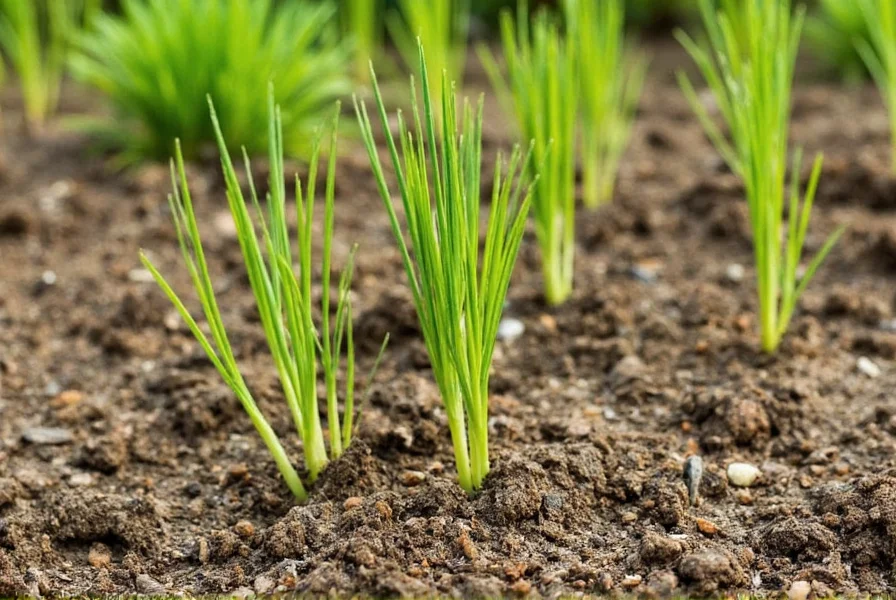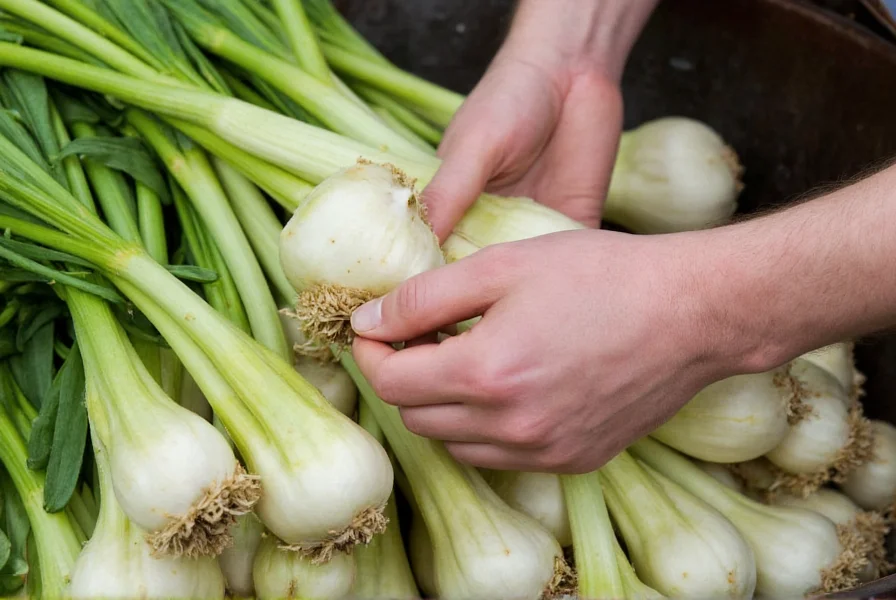Grow fennel successfully by planting seeds directly in well-drained soil with full sun exposure after the last frost. Space plants 12-18 inches apart in soil with pH 6.0-7.5, keeping soil consistently moist but not waterlogged. Fennel requires 6-8 hours of direct sunlight daily and reaches harvest readiness in 80-110 days for bulbs, with fronds available throughout the growing season. Avoid planting near dill or coriander to prevent cross-pollination.
Whether you're cultivating fennel for its crunchy bulbs, feathery fronds, or aromatic seeds, this versatile herb brings both culinary delight and garden beauty. Many gardeners struggle with fennel's specific requirements, but with proper technique, you can enjoy abundant harvests of this anise-flavored plant. Let's explore the complete process for growing healthy, productive fennel plants.
Understanding Fennel Varieties
Fennel comes in two primary types: bulb fennel (Florence fennel) and herb fennel. Bulb fennel produces the swollen base used in cooking, while herb fennel grows taller with more feathery foliage primarily used for seeds and fronds. For most home gardeners, bulb fennel offers the greatest culinary versatility. Popular varieties include 'Zefa Fino,' 'Perfection,' and 'Montebianco,' each with slightly different maturity dates and bulb characteristics.
Optimal Planting Timing for Fennel
Timing your fennel planting correctly ensures the best results. In cooler climates, sow seeds directly outdoors 2-3 weeks after the last frost date when soil temperatures reach at least 60°F (15°C). For warmer regions, plant in early spring or late summer for a fall harvest. Fennel bolts (goes to seed) quickly in hot weather, so aim for harvest before temperatures consistently exceed 80°F (27°C). In Mediterranean climates, fall planting often yields the best bulb development.
Soil Preparation Essentials
Fennel thrives in well-drained, fertile soil with a pH between 6.0 and 7.5. Before planting, amend your garden bed with 2-3 inches of compost worked into the top 6-8 inches of soil. Avoid excessive nitrogen, which encourages leafy growth at the expense of bulb development. For container growing, use a high-quality potting mix with added perlite for drainage. Fennel develops a deep taproot, so choose containers at least 12 inches deep with adequate drainage holes.
| Growing Condition | Optimal Range | Troubleshooting Tips |
|---|---|---|
| Soil pH | 6.0-7.5 | Add lime to raise pH; sulfur to lower pH |
| Sun Exposure | 6-8 hours daily | Partial shade acceptable in hot climates |
| Soil Moisture | Consistently moist | Mulch to retain moisture; avoid waterlogging |
| Plant Spacing | 12-18 inches apart | Thin seedlings carefully to avoid root disturbance |
Planting Fennel Seeds Successfully
Direct seeding works best for fennel, as it dislikes root disturbance. Plant seeds ¼ inch deep and 4-6 inches apart in rows 18-24 inches apart. Keep soil consistently moist during germination, which typically takes 7-14 days. When seedlings reach 2-3 inches tall, thin to 12-18 inches apart, selecting the strongest plants. If starting indoors, use biodegradable pots to minimize root disturbance during transplanting, and move outdoors when plants have 2-3 true leaves.

Watering and Fertilizing Requirements
Maintain consistent soil moisture throughout the growing season, providing about 1 inch of water weekly. During dry periods, increase watering to prevent bulbs from splitting. Mulch around plants with straw or shredded leaves to conserve moisture and suppress weeds. Fertilize sparingly—apply a balanced organic fertilizer when plants reach 6 inches tall, then again when bulbs begin forming. Over-fertilizing, especially with nitrogen, produces lush foliage but small bulbs.
Managing Pests and Diseases
Fennel generally resists most pests but may attract aphids, slugs, or caterpillars. Spray aphids with a strong water stream or insecticidal soap. Hand-pick larger pests or use organic slug traps. The primary disease concern is root rot from poorly drained soil—ensure proper drainage to prevent this issue. Rotate fennel planting locations annually to minimize disease buildup. Companion planting with tomatoes, cucumbers, or squash can help deter pests naturally while avoiding dill, which cross-pollinates with fennel.
Harvesting Techniques for Maximum Flavor
Harvest fennel fronds anytime during the growing season, taking no more than one-third of the plant at once. For bulb harvest, wait until bulbs reach 2-3 inches in diameter, typically 80-110 days after planting. Cut bulbs at soil level in the morning when they're most crisp. Harvest seeds when flower heads turn brown and seeds become dry and brittle. Store bulbs in the refrigerator for up to two weeks, while seeds keep for six months in an airtight container.

Troubleshooting Common Fennel Problems
Bolting (premature flowering) occurs when plants experience stress from heat or inconsistent watering. Prevent this by planting at the right time and maintaining even soil moisture. Small or misshapen bulbs often result from overcrowding or nutrient imbalance—ensure proper spacing and avoid excessive nitrogen. Yellowing leaves may indicate overwatering or nutrient deficiency. If your fennel isn't forming bulbs, you might be growing herb fennel instead of bulb varieties—check your seed packet for variety information.
Extending Your Fennel Harvest
For continuous harvest, plant fennel every 2-3 weeks during the appropriate growing season. In mild climates, you can grow fennel year-round with proper variety selection. To overwinter fennel in zones 6 and warmer, mulch heavily around the base of plants after the first frost. In colder zones, harvest bulbs before hard frost or grow fennel as an annual. Saving seeds from your healthiest plants ensures you'll have varieties perfectly adapted to your local conditions.
Final Thoughts on Growing Fennel
With its distinctive anise flavor and beautiful feathery foliage, fennel rewards careful cultivation with abundant harvests for both novice and experienced gardeners. By understanding fennel's specific needs for soil, water, and spacing, you'll avoid common pitfalls that lead to poor bulb development or premature bolting. Remember that consistent care throughout the growing season produces the best results—fennel appreciates steady moisture and minimal root disturbance. Whether you're growing fennel for its crisp bulbs, aromatic seeds, or delicate fronds, following these guidelines will help you enjoy this versatile herb's full potential in your garden and kitchen.











 浙公网安备
33010002000092号
浙公网安备
33010002000092号 浙B2-20120091-4
浙B2-20120091-4